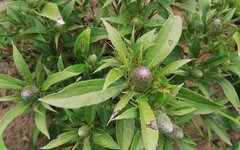Cang
Zhu
Family: Compositaeceae
Scientific Name:Atractylodes lancea (Thunb.) DC.
Common Names:Mao Cang Zhu, Bei Cang Zhu, Ming Ye Cai
Morphological Characteristics:Perennial herb. The rhizome is thick and long or often nodular, producing many roots of similar thickness and length. The stem is erect, solitary or clustered. The leaves are thick and leathery; the basal leaves fall off during flowering; the middle and lower stem leaves are wedge-shaped or broadly wedge-shaped, almost without petioles, expanding to half embrace the stem, ovate, long-ovate, or long-lanceolate, with 3-9 pinnate deep or half-deep lobes; the upper stem leaves are undivided, ovate to long-elliptical. The head-like flower clusters are solitary at the top of the stem branches. The involucre is bell-shaped, with bracts that are needle-like and pinnately divided or deeply divided. The involucre bracts are arranged in a whorled pattern, with the outermost and outer bracts ovate to ovate-lanceolate; the middle bracts are long-ovate to long-elliptical or ovate-long-elliptical; the inner bracts are linear-long-elliptical or linear. The small flowers are white, and the achenes are inversely oval, covered with dense, appressed white hairs. The pappus is brown or dirty white, feathery. Flowering occurs from July to August; fruiting occurs from September to October.
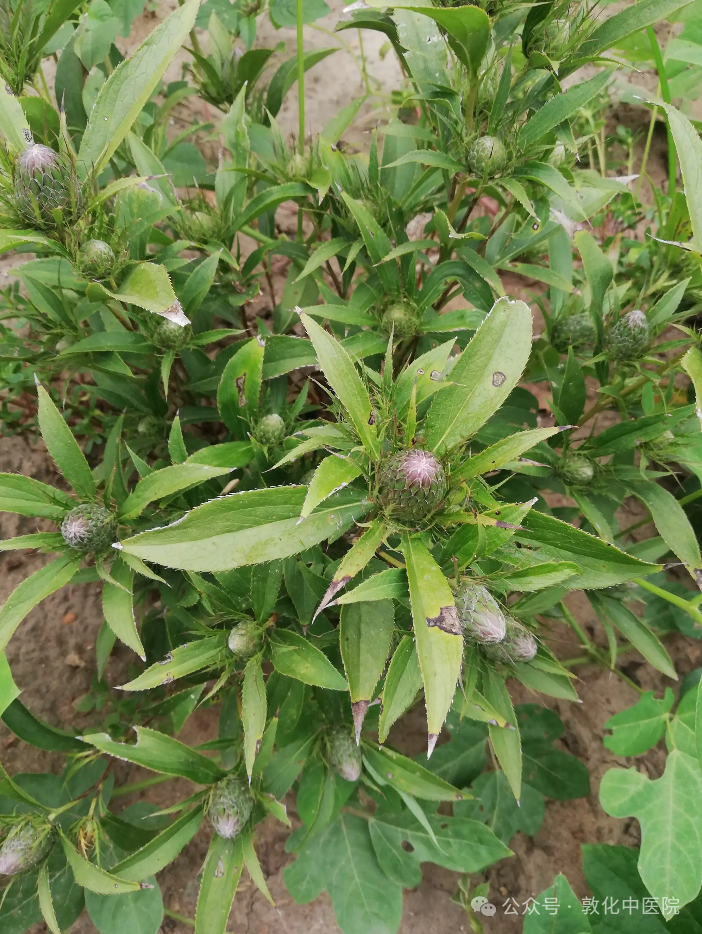
Habitat:Grows on hillsides, in thickets, under oak forests, and at forest edges.
Distribution:Found in Changchun, Jiaohe, Fusong, and other cities and counties in Jilin Province. Also distributed in Northeast China, Inner Mongolia, Hebei, Shanxi, Gansu, Shaanxi, Henan, Jiangsu, Zhejiang, Jiangxi, Anhui, Sichuan, Hunan, and Hubei.
Medicinal Parts:Harvest the rhizome in spring and autumn, remove impurities and residual stems, scorch off the fibrous roots with fire, and dry in the sun.
Active Ingredients:The rhizome contains volatile oil.
Properties and Functions:Pungent, bitter in taste, and warm in nature. Dries dampness, strengthens the spleen, dispels wind, and eliminates filth.
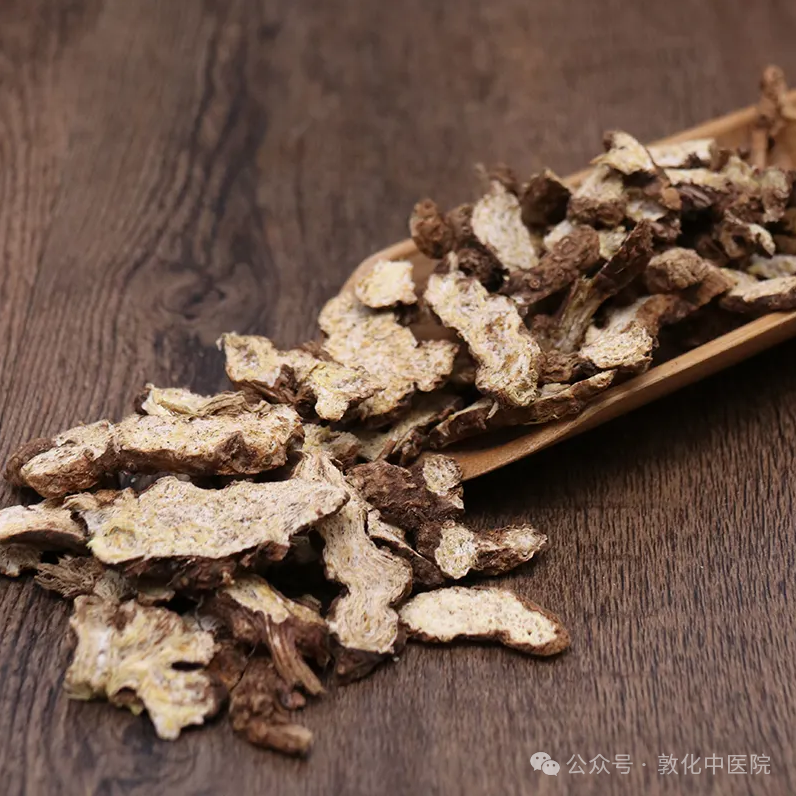

The Story of Cang Zhu
At the Guanyin Monastery on Maoshan, there was an old nun who could treat illnesses and was well-known for her knowledge of medicinal herbs. People from both inside and outside the mountains often came to the monastery seeking medical help. The old nun did not gather herbs herself; she assigned this task to a young nun, who would go out every day to collect herbs according to the old nun’s instructions, but she had no understanding of which herbs could treat which illnesses. The old nun was greedy; she would give the best medicine to those who paid more, while those who paid less would receive ineffective wild herbs, which made the young nun feel it was unfair, but she could only feel anxious since she did not know the herbs.
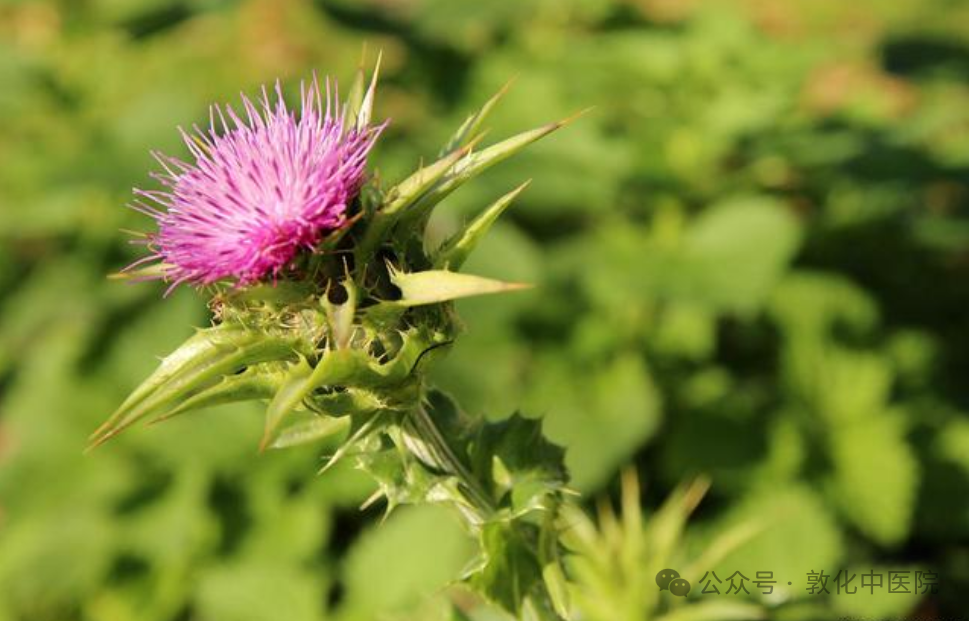
One day, a poor man came seeking medicine, but he had no money. The old nun did not ask any questions and rudely chased him away. The young nun was very angry; she secretly grabbed a handful of white-flowered herbs from the room and ran outside to call the man, saying, “Brother, take this and try it.” However, after he left, the young nun felt uneasy: “What illness does he have, and can this herb cure him? I hope it doesn’t harm him!”To her surprise, after a few days, the poor man returned to the Guanyin Monastery, thanking the old nun profusely, saying, “Thanks to your little Bodhisattva, she cured my father’s long-standing knee paralysis.” The old nun was very surprised; there was no medicine in the monastery for that illness! She interrogated the young nun, “What herb did you steal from me? Speak up!” The young nun was also confused about what had happened, but later, upon careful investigation, she realized that the white-flowered herb was Cang Zhu, which the old nun had not instructed her to collect. She must have accidentally included it in her basket while gathering herbs, and the old nun had discarded it as useless wild grass. From then on, the young nun learned that Cang Zhu could cure illnesses.
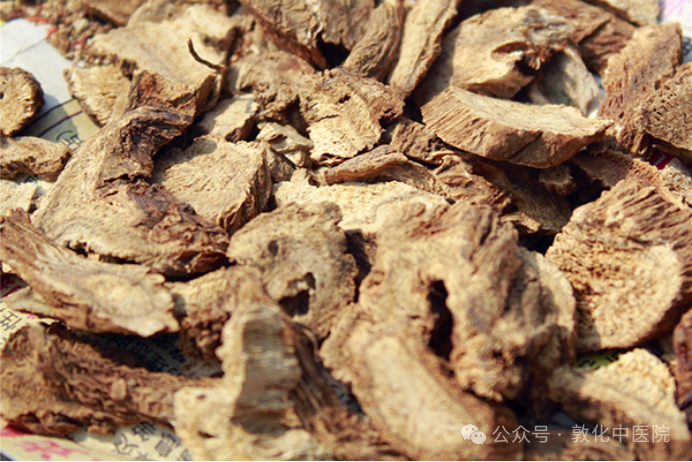
After some time, the young nun could no longer tolerate the old nun’s behavior and escaped from the Guanyin Monastery to return to lay life. From then on, she made a living by digging up Cang Zhu, not only curing many patients with knee paralysis but also gradually discovering that Cang Zhu could also treat vomiting, diarrhea, and several other ailments.
[Disclaimer:Images in this article are sourced from the internet, and copyright belongs to the original authors. If your rights are infringed, please inform us promptly, and we will delete them within 24 hours.]


Scan to Follow Us

Great Medicine, Great Integrity Great Virtue, Great Capacity

